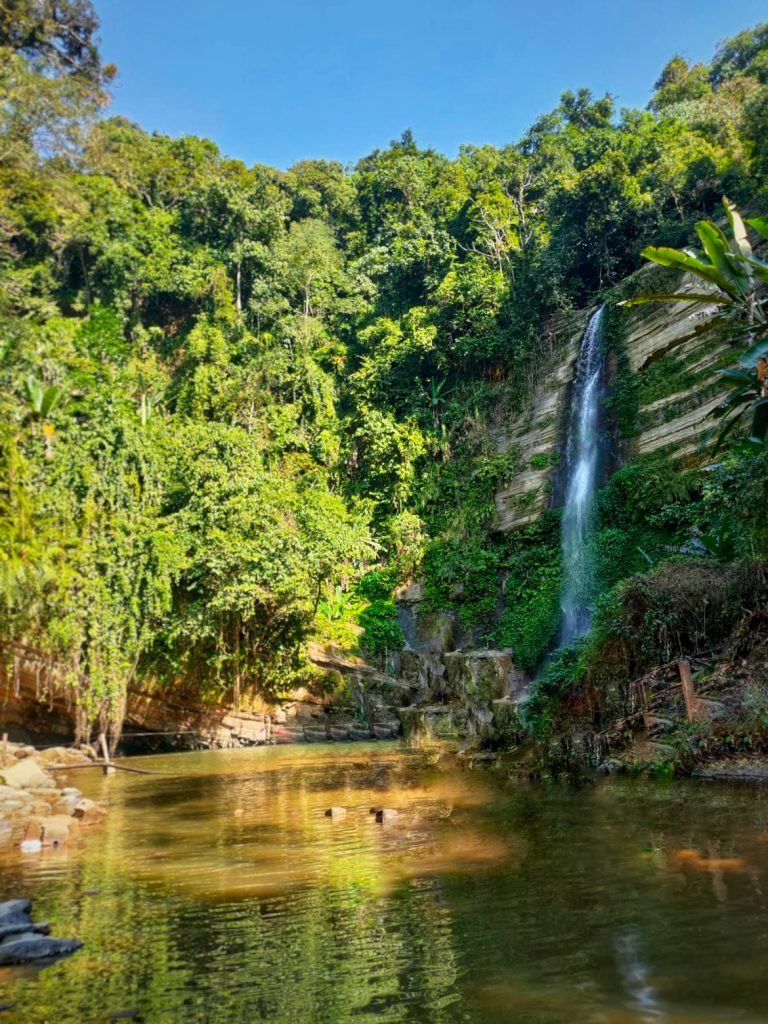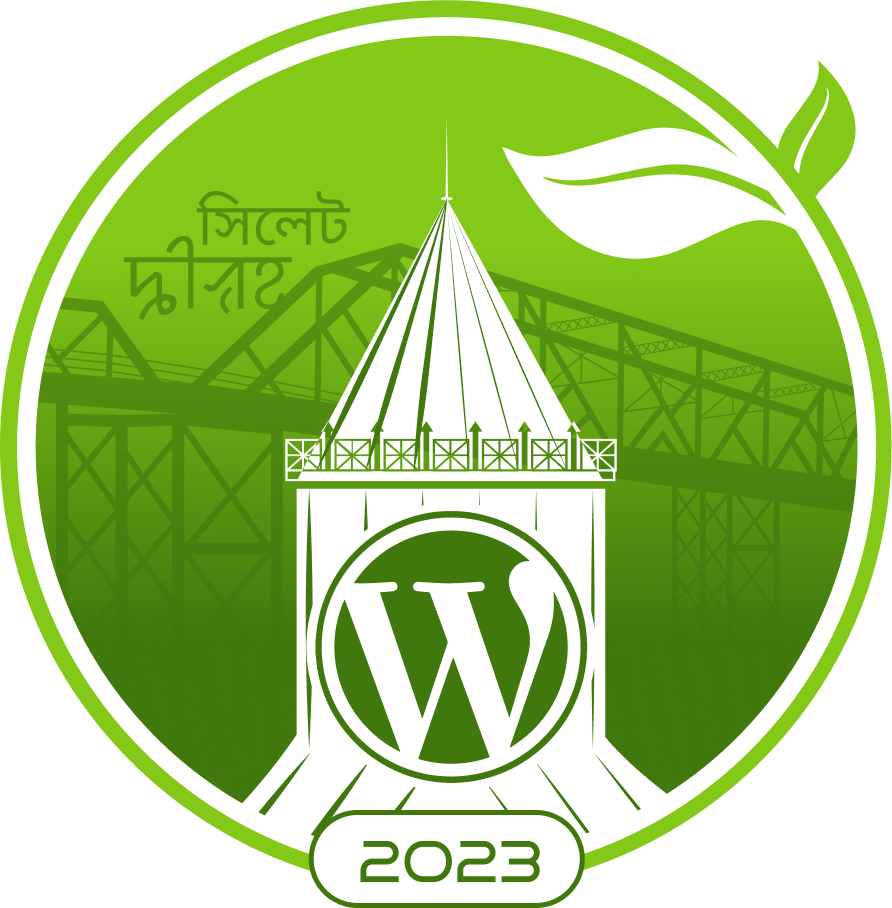Sylhet! A land of rich cultural and historical heritage. Life in Sylhet moves slowly, but more peacefully than anywhere else in Bangladesh; offering a welcome respite from the hectic pace of large cities. This peaceful ambiance can help to ease the burden of stress and anxiety, allowing the mind to find peace and relaxation.
The city of Sylhet is situated in Bangladesh’s north-east. The Surma River runs alongside the city, which is bound by fields of tea and greenery. The city is known for its Sufi shrines and mausoleums, including the Shrine of Hazrat Shah Jalal, one of the most revered shrines in the area.
Sylhet has a rich cultural and historical heritage. The city is renowned for its cuisine as well, which features many spicy and flavorful dishes. Sylhet is a dynamic and multicultural city with a unique mix of culture, history, and natural beauty.
In this article, we will cover some of the most attractive Tourist Places in Sylhet where you can pass a quality time. There are detailed instructions regarding these locations, what to do, how to go, and many other things.
On the other hand, we have a specific article on how to visit some places in a single day. Do not skip reading it here.
As our WordCamp venue is the Central Auditorium of Shahjalal University of Science and Technology (SUST), we will provide directions on how to get to the mentioned locations from the SUST gate.
Madhabkunda Waterfall
Madhabkunda Waterfall and Eco Park are situated in Barlekha Upazila in the Moulvibazar District of Sylhet Division. It is one of Bangladesh’s biggest waterfalls in Bangladesh. The waterfall is a popular tourist destination. Numerous tourists come here for day trips and picnics due to the large boulders, the surrounding forest, and the nearby streams.

With a view to preserving the Madhabkunda waterfall and surrounding biodiversity, this area was designated as an eco-park. The most beautiful location in this eco-park is the Madhabkunda Waterfall, which is about 200 feet (61 meters) high. The forest villages of this region are home to a portion of the “Khasia” tribe. In the forestland, they are involved in some agro-economic activities.
Activities
Trekking through the forest, watching Waterfall, Swimming in the water. The Lawachara National Park, where you can go on a wildlife safari, and the Srimangal tea gardens, where you can learn about the regional tea culture, are just two of the many attractions close to the Madhabkunda Waterfall. Near the waterfall, there are a lot of food stands serving regional specialties. You can eat some delectable food while admiring the beautiful surroundings.
How to go
The distance to the center of Sylhet is 80 km. Madhabkunda can be reached by train, bus, or private vehicle. The closest train station is Kulaura. To get to Madhabkunda after arriving at Kulaura, a CNG or a car can be rented (BDT 400–1000). Madhabkunda is 6-7 kilometers away from Barlekha Upazila. For the bus, it is suggested to go to Moulvibazar or Barlekha and then take buses to Madhabkunda.
Caution: The area surrounding the waterfall can be steep and slipperyw. It can be dangerous to visit the waterfall during the monsoon season due to the strong water flow. Many monkeys live in the area around Madhabkunda Waterfall. They can be entertaining to watch, but they can also be aggressive and steal your possessions. So be careful and refrain from feeding them.
Recommended time: Starting your journey at 9 or 10 AM is ideal. The travel time will be around three to four hours. As a result, you can carry out your activities in the evening when the sun’s intensity will be lower.
Lovachora
Lovachora is situated at Lakkhiprashad Union under Kanaighat Upazila in Sylhet which is a bordered area of Bangladesh. It is a quarry, similar to Jaflong and Bisnakandi, where enormous stones can be seen. Lovachora River is one of the many sandy, clear rivers that can be found next to the Khasia-Jaintia hills in Bangladesh’s northeastern border region.

The hanging bridge is one of Lovachora’s most intriguing installations. This hanging bridge, locally referred to as “Latkni’s Pool,” was constructed during the British era and is located on the route to Lovachora. History records that the British constructed the bridge leading to Lovachora in 1925.
The Lovachora was made very important for tourists by the tea gardens, natural lakes and fountains, the hanging bridge, the shrine of Miraping Shah, the artifacts of the Mughal kings and queens, the ancient lakes, the stone quarries, and the forestry of the forest department.
Activities
Enjoy the beauty, ride a boat, and take some stunning pictures of the beautiful area and the bridge.
How to go
There are three ways to get to Kanaighat Sadar from Sylhet to Lovachora. You can take a bus or CNG autorickshaw directly to Kanaighat Sadar. On the other hand, Golapganj-Charkhai-Shahbag can be used to access Kanaighat from Zakiganj Road. Additionally, it is possible to travel from Sylhet to Gachbari via Gazi Burhan Uddin Road to get to Kanaighat Sadar. You can also hire a private car to direct go to the Lovachora.
Caution: Going into the forest alone can be dangerous. Walk in groups, or the pathcan lose. Do not go too deep while rafting in the river. Do not attempt to cross the border.
Recommended Time: It will take nearly 3 hours to reach there. Have plenty of time on your hand and enjoy the beauty.
Hum Hum Waterfall
The waterfall at Hum Hum is eager to welcome you if you love adventure. To get there you have to Trek through the thrilling Razkandi forest, which is a bit far. The sounds of wild animals in the forest will occasionally be audible.

In the Moulvibazar District’s Razkandi Reserve Forest is where you’ll find the Hum Hum Waterfall. It was discovered in 2009. The fall is between 135 and 160 feet high. It would be best to visit this location during the rainy season to fully appreciate the fall’s unending beauty.
Activities
Trekking through the forest, watching Hum Hum Waterfall, Swimming in the water.
How to go
You have two options. Either you can hire a car/microbus or you can go locally. If you are visiting for the first time, it is recommended to hire a car/microbus. It will take you to Kalabanpara in Champara tea garden.
Alternatively, if you wish to go locally, first, go to Ambarkhana from the SUST gate. From there you can take a CNG Auto-rickshaw and reach Sylhet bus station or Train station. No matter which way you travel, whether by bus or train you must first depart at Moulvibazar or Srimangal station.
Next, you have to travel to Kamalganj. From Kamalganj. you can rent a car by 6 am in the morning. Then, between 7:30 and 8 in the morning, you can reach Kalabanpara in the Champara tea garden. To get to Hamham Falls from Kalabanpara, it takes about 5 hours. Between Srimangal and Lawachara, CNG and jeeps are available. There are also local buses that go to Lawachara from the nearby Bhanugachha bus stop.
After an hour of walking, you can reach Kalabanpara by crossing a wooden log bridge next to the village of Lauyachhara forest and a winding mountain path. The distance to Kalaban from the Kamalganj Municipality Junction is also 24 km. The first 14 kilometers of these 24 kilometers are paved roads leading to Kurma, and the remaining 15 kilometers are unpaved, leaving Kalabanpara on foot. The Hamham waterfall can be found at the end of the 7 km mountain path.
Recommended time: The best way to start your journey is early in the morning. There are several steps involved in getting to the waterfall, including driving and hiking.
We have listed some areas which can be traveled in a single day.
However, there are some other places you might want to cover. We have covered those places in clusters so that you can cover multiple tourist attractions within a day.
Don’t miss the Day-trips in Sylhet you might consider.
Photo Credit: Kazi Daniel Mamun

